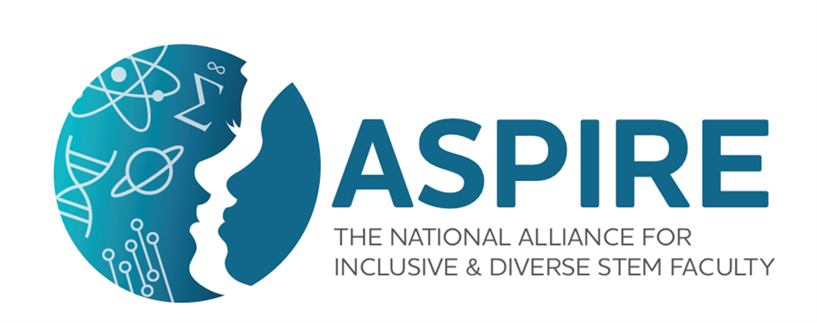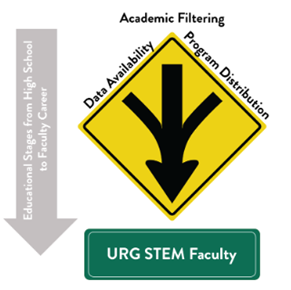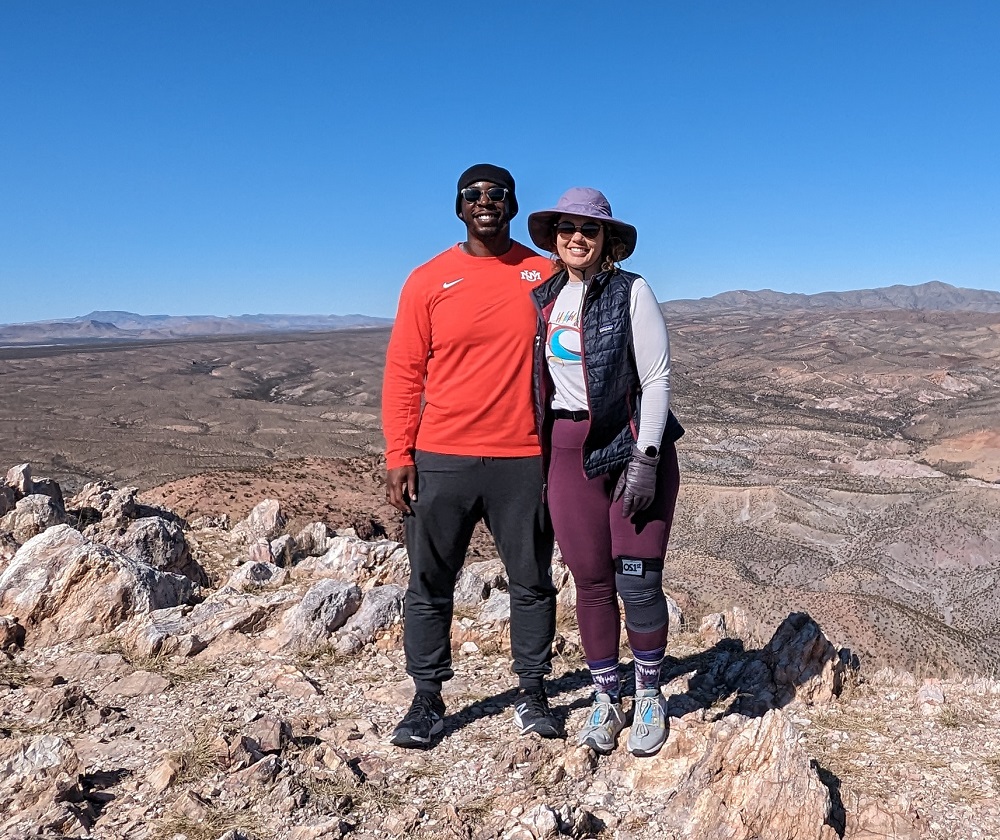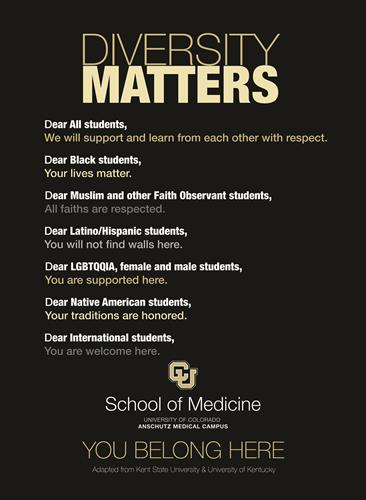Asian American and Pacific Islander Heritage Month - Student Highlight
Melissa Tran
May 3, 2022Get to Know: Melissa Tran
Q&A by Tori Serna
What made you want to pursue a career in Physical Therapy?
Growing up as a competitive soccer player, I accrued many injuries and had multiple knee surgeries. This was how I was first introduced to the profession of Physical Therapy. I noticed a pattern with each of the Physical Therapists I worked with; they all genuinely cared about my recovery and were key in my ability to return to sport and my day-to-day life. Although I began my professional career in medical device research, physical therapy was a natural transition as I discovered my passion for empowering patients through movement.
How has CU Anschutz Physical Therapy program allowed you to pursue your goals?
The CU Anschutz Physical Therapy program has been special to me since before stepping foot on the campus. During the application process, I was empowered to pursue my goals because of the holistic review approach. Throughout the process, it was made clear to me that they would consider my experiences and personal story beyond my GPA. In addition, the Physical Therapy community in general is very supportive and highlights differences that show why it’s important that we are diverse and inclusive. The faculty share their own experiences, whether it be their research expertise or memorable patient stories, making our time in the classroom so impactful. They are invested in our education, development into a future clinician, and support us as being leaders in our community; where I currently serve as President for the Class of 2022.
What is your “why”?
At the age of 16, both my father and I tore the ligaments in our knees playing the sport we loved, soccer. Aside from that, our injury and the recovery process was very different due to multiple factors. I was born and raised in America and had access to Physical Therapy and was able to return to soccer within 6 months. My father was new to the country, still learning English, on Medicaid, and had never navigated the US healthcare system to this level before. Today, my heart aches when he attempts to stand from the dinner table with a stiff knee. He has become my visual reminder that the challenges he experienced in healthcare are not unique to the many other stories of refugees, immigrants, and non-English speaking Americans. I aspire to be an expert clinician, one who advocates for these patients and other Physical Therapists through my future contributions to science and research.
May is a month to honor the Asian American and Pacific Islander heritage, which has both enriched and contributed to the success of this country. What does this mean for you? In what ways do you feel you have been able to or plan to enrich the Physical Therapy program?
When honoring the Asian American and Pacific Islander heritage, the first thing I think of are the stories my parents shared with me from when they came to the United States. Despite their past obstacles and adversity they faced, my parents modeled to me daily the importance of treating others with kindness, finding passion in all of the work you do, and caring for your loved ones. This story, combined with the told and untold stories of other Asian American and Pacific Islanders, motivates me to honor and carry on their work by following my passions and connecting with my community.
In CU Anschutz PT program, I have had the opportunity to participate in a student-led outreach program that aims to connect with middle and high school students to increase diversity and spark interest in the physical therapy profession. In reaching out to these students, I also hope to physically represent what an Asian American DPT student could look like and provide a voice of support to other minority students that might not have even considered a career in healthcare. Although I have worked with and observed many physical therapists, none of them have looked like me or been able to relate to the cultural experiences I’ve shared. My belief is that with a more diverse healthcare profession, we will be able to better serve and connect with our patients.
What words of encouragement do you have to share with future students of color pursuing careers in healthcare?
It’s important that students of color realize that they belong in this community. Not just that they belong, but that they’re needed in healthcare careers. Their personal life experiences, diverse backgrounds, and unique voices contribute to enriching the healthcare field, and ultimately, improve the patient experience. Just as a patient is more than the signs and symptoms they present with; a healthcare practitioner is more than the stethoscope they bring into the room. For this reason, students of color have an opportunity to make a difference in healthcare, their community, and most importantly, their future patients.
You can learn more about AAPI Heritage Month using this link. You can also check out the CU Anschutz Heritage, History and Awareness page.




